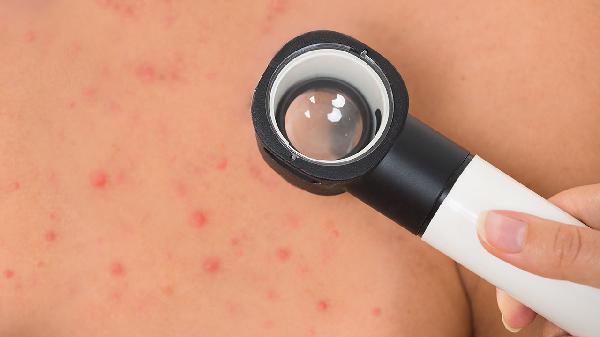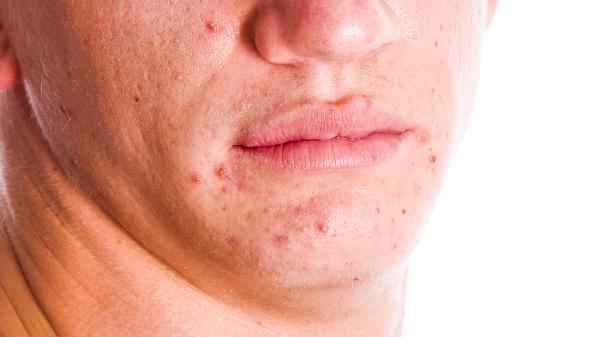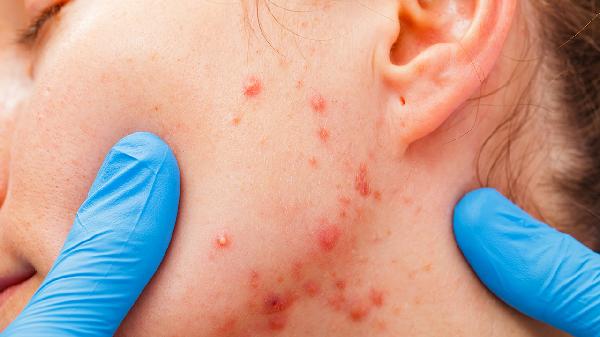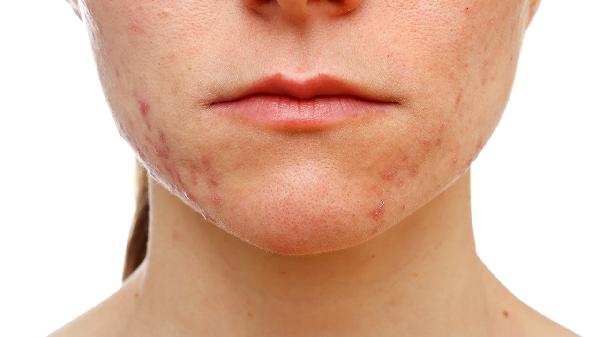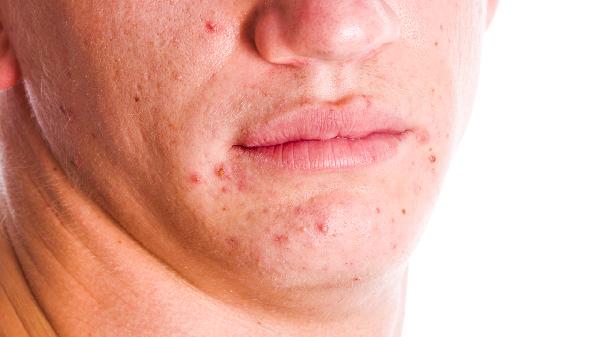Have you ever thought that the washing machine that helps you "get clean" every day might actually be the "culprit" behind your skin allergies? It might sound unbelievable, but it could very well be true. While the washing machine is a great helper in our daily lives, if not used properly, it can also become the "main cause" of skin issues. Today, let’s uncover the secrets between washing machines and skin allergies.
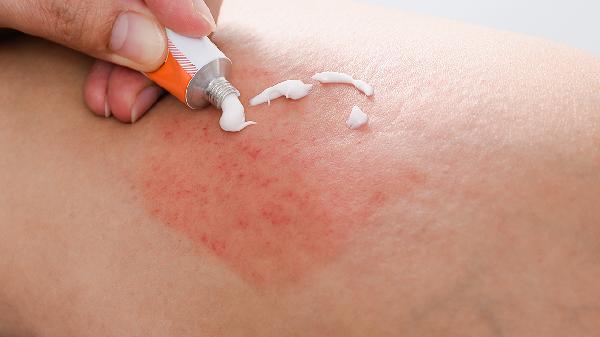
1. Bacterial buildup in the washing machine drum
The drum of the washing machine is often in a damp environment, making it a breeding ground for bacteria and mold. These microorganisms can attach to clothes during the washing process, especially to undergarments. When these bacteria-laden clothes come into contact with the skin, they can cause skin allergies, itching, or even eczema.
2. Detergent residue
If laundry detergent or liquid isn’t thoroughly rinsed out, the residual chemicals can irritate the skin. Especially for those with sensitive skin, these residues can trigger allergic reactions, leading to redness, itching, or dryness.
3. Cross-contamination of clothes
Washing underwear, socks, and other clothes together can spread bacteria and fungi between garments. For example, athlete’s foot fungus can transfer from socks to underwear, causing skin issues.
4. Inadequate cleaning of the washing machine
Many people overlook the need for regular cleaning of their washing machine. Over time, dirt and bacteria can accumulate in the drum, contaminating clothes during the wash cycle and affecting skin health.
5. Improper water temperature selection
Water that’s too hot can damage the fabric structure of clothes and make it easier for chemical residues from detergents to remain. On the other hand, water that’s too cold may not effectively kill bacteria. Choosing the wrong water temperature can indirectly lead to skin problems.
6. Overuse of fabric softener
While fabric softener can make clothes feel softer, the chemicals in it can irritate the skin, especially for those with sensitive skin. Excessive use of fabric softener may trigger skin allergies.
7. Frequency of washing machine use
Frequent use of the washing machine, especially without thorough drying, can lead to bacterial growth. These bacteria can transfer to the skin through clothes, increasing the risk of allergies.
8. Storage environment of the washing machine
If the washing machine is placed in a damp, poorly ventilated area, it’s more likely to breed bacteria and mold. These microorganisms can indirectly affect skin health through clothes.
9. Choice of clothing materials
Certain synthetic fabrics are more prone to absorbing bacteria and chemical residues during washing. When these clothes come into contact with the skin, they may trigger allergic reactions.
10. Washing machine usage habits
Some people tend to keep the washing machine lid closed for long periods, exacerbating the damp environment inside and promoting bacterial growth. The correct practice is to leave the lid open after each use to ensure ventilation and dryness.
While the washing machine is a convenient tool in modern life, improper use can turn it into an "invisible killer" of skin allergies. To reduce the risk of skin allergies, we need to clean the washing machine regularly, choose the right detergent and water temperature, and pay attention to sorting clothes for washing. At the same time, keeping the washing machine dry and well-ventilated is key to preventing bacterial growth. Only then can the washing machine truly be a helpful companion in our lives, rather than a threat to our skin health.

